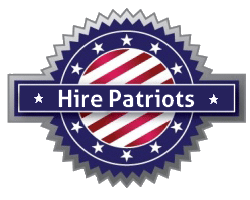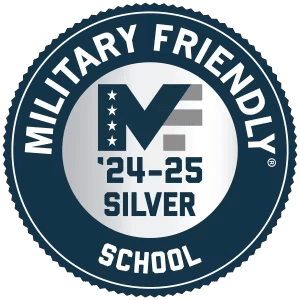There are many unique terms you will hear as you learn more about the trucking industry. One of these is “drop and hook.” This describes a type of delivery where the driver drops off a full trailer at a warehouse and then gets an empty trailer before leaving. It’s often used in contrast with “live load,” which means the driver brings the full trailer to a loading dock and waits for it to be unloaded before leaving.
Drop and hook trucking shipments are delivered more quickly and drivers often get more miles. However, remember that the actual drop-off time varies depending on the company and can even vary between each haul.
A Typical Drop and Hook Delivery
With a drop and hook shipment, the driver usually has a window in which they are expected to arrive at the facility. They deliver the trailer, which is unloaded by warehouse employees. After dropping off that trailer, the driver picks up a new, empty trailer. This might be at the same loading dock or another location entirely. Then, the driver gets back on the road for their next delivery.
Delays may happen if a trailer isn’t ready at the expected time, but usually, drop and hook trucking is the most efficient option for the driver, carrier, and receiver.
A Typical Live Load Delivery
For a live load, the driver has an appointment time. This is usually a narrower window than a drop and hook delivery, but the window of time varies. The driver waits at the loading dock while the receiving company unloads the trailer. This can take hours, although some live loads are completed more quickly depending on the receiver and how many trucks are being unloaded simultaneously.
Many motor carriers offer detention pay if the delivery takes more than a certain amount of time.
Which is Better/More Common?
As an over-the-road (OTR) truck driver, you will likely complete a combination of drop and hook and live load deliveries over the course of your career. Each one has benefits and challenges, so it’s helpful to maintain a positive attitude no matter which type of delivery you are making.
In general, larger trucking companies have drop and hook loads more often to save time and money, but it still varies depending on many factors.
For dry van or refrigerated hauls, drop and hook is generally more common. Conversely, flatbed trucking will usually involve live loads, and drivers also tend to be more involved in the loading and unloading process for this type of freight.
Earn Your CDL
Whether your preferred job involves live loads or drop and hook trucking, you will need to earn your commercial driver’s license (CDL) to operate a semi-truck. Phoenix Truck Driving Institute can help you get started and our classes can be completed in as little as four weeks.





